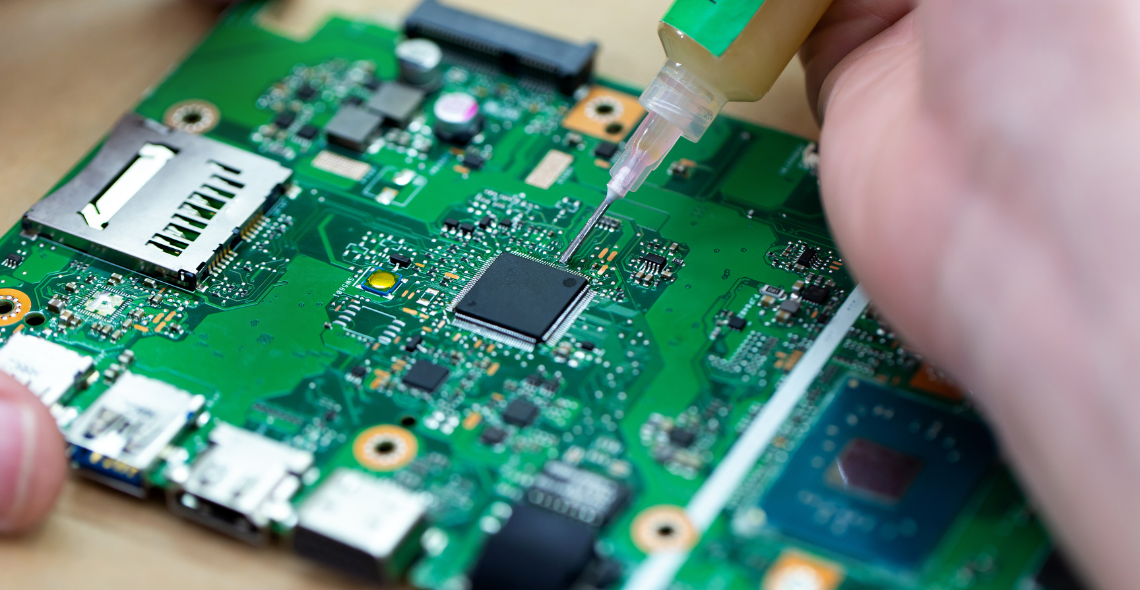How to remove silicone residue
Published date: 09 September 2021

How to remove silicone residue? Some jobs are easier than they appear at first glance, but removing silicone caulk residue is the polar opposite. Although it appears to be a weak rubber that can readily peel away, it bonds with remarkable strength, and you will rarely be able to remove all of it just by pulling. Residue removal may be tedious, but it’s a necessary evil, especially if you plan to re-caulk.
The Importance of Caulk Removal
Many silicone caulking materials are warranted for at least 20 years, however excessive moisture, mildew, and substrate movement can cause them to fail prematurely. When they do, they produce an imprecise seal and can be an eyesore, especially if they have become darkened by mould. If you wish to repair the caulk with new material, it isn’t enough to just remove the damaged section. Any remaining caulk on the substrate will prevent the fresh caulk from sticking. Furthermore, if any of the old caulk is mouldy, the mould will spread to the new caulk.
Bulk Removal
Because no solvent dissolves silicone caulk, you won’t be able to find a chemical agent in the hardware store to allow you to wash away the caulk after brushing it on. Mineral spirits will soften it, but you’ll probably have to cut the caulk with a sharp knife and pull it off with pliers to get the most of it off. Small patches of material will stick to the substrate as a result of the procedure. These patches can be so thin that they are nearly undetectable, and they can be difficult to remove without injuring the surfaces to which they adhere.
Residue Removal
Effectively removing silicone caulk residue is a two- or three-step technique. Prolonged exposure to mineral spirits softens the residue and loosens its bond with the substrate. The simplest approach to accomplish this is to leave one or more rags soaked in the solvent in contact with the caulk for many hours. When the residue has softened, much of it will come off with the vigorous action of a scrub brush, but stubborn places may require the use of a razor knife or pull scraper. Sandpaper should be avoided. Silicone caulk, no matter how coarse the grit, simply clogs it up and renders it ineffectual.
Conclusion
Mineral spirits should not be used on painted, lacquered, or otherwise finished surfaces. Denatured alcohol may be a suitable option, but test any solvent you use on an inconspicuous region of the substrate first and avoid it if staining or other unwanted effects occur. Rather than soaking a rag in solvents, you might be able to remove the residue by soaking an abrasive sponge. On smooth substrates like glass, tile, or Formica, softening and washing the residue at the same time is most likely to be helpful.
About us
ConRo Electronics prides itself on more than our role as a leading electronic manufacturing supplier. Major brands like Ambersil, Humiseal, Metcal, and Henkel Loctite trust us with distributing and selling their products every day.
We don’t only sell products to our customers. For more than 20 years we’ve continued to provide essential value-added services. Services such as sourcing and procurement on a global scale, managed inventory, kitting & repacking, and consignment stocking.
With ConRo Electronics you have a partner in the industry you can trust, with the highest level of customer service on hand for your benefit.
Contact us today to see how a partnership with ConRo Electronics can benefit you now and into the future.




Comments
There are currently no comments, be the first to comment.